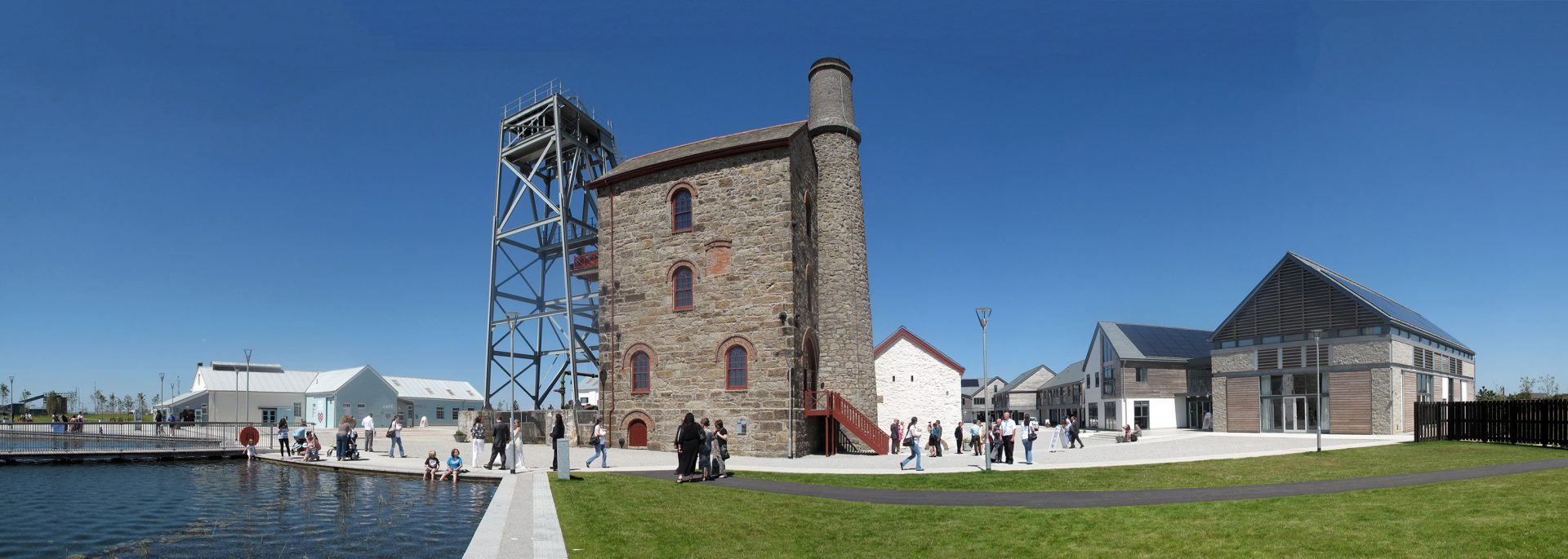Heartlands








Winner
Heritage Project of the Year
RIBA Awards 2013
Winner
National Award
RIBA Awards 2013
Winner
Planning Excellence in Natural and Built Heritage
RTPI Awards 2013
Regional Winner
South West & Wessex
RIBA Awards 2013
Winner
South West & Wessex Client of the Year Award
RIBA Awards 2013
Winner
Sustainable Construction - Retrofit
Cornwall Sustainability Awards 2013
Winner
Heritage Project of the Year
Michelmores Western Morning News Property Awards 2013
Gold Award
Green Apple Awards – Regeneration Sector
The Green Organisation 2013
Overall Winner and Joint Winner
RTPI South West Awards - Schemes on the Ground
RTPI Awards 2013
Winner
RIBA South West & Wessex Client of the Year Award
RIBA Awards 2013
Winner
RICS South West and Wales Project of the Year
RICS Awards 2013
Commended
Civic Trust Awards
Civic Trust 2013
Commendation
Cornish Buildings Group Commendations
Cornish Buildings Group 2013
Rising to the challenges of conservation and tourism
The Heartlands project, with its World Heritage Site status and funding from the Big Lottery Fund, presented one of Stride Treglown’s most significant challenges.
Our brief was to transform a collection of disparate former tin-mining buildings into a cohesive visitor attraction to bring tourists to this area of West Cornwall.
We assembled an multi skilled team of architects, planners, conservation specialists and landscape architects who, from the outset, worked closely with the client and the local community.
Our planning team worked on many complex planning issues and resolved the masterplan for the site while, as lead designers, our architects worked with LUC landscape architects in the creation of diverse Diaspora Gardens, reflecting the destinations of Cornish migrants through history.
The focus of the scheme is the Robinson’s shaft, which, in common with all of the buildings on site, was restored sensitively and within tight cost constraints. We used tin, copper, bronze, brass and zinc to reflect the site’s heritage, merging this with the introduction of more contemporary architecture to a sensitive heritage environment.
The result of this collaborative work has been outstanding. Visitor numbers have exceeded all expectations and it is proving to be a catalyst for the wider regeneration of this area, which has been transformed from one of the least prosperous areas in England to a thriving leisure destination.
The project achieved BREEAM Excellent status, was brought in on budget and Stride Treglown has received numerous awards for the project including: RIBA national and regional; RICS; RTPI and Civic Trust.
RIBA Awards Panel:
Working closely with the numerous client and funding bodies, English Heritage, LA Conservation and the local community, the architects have painstakingly pieced together a site not only of well-restored and new buildings, but one with a strong narrative.
RICS Awards Panel:
The outcome is that the regeneration of a 19 acre, long-time derelict, heavily contaminated former mining site within an urban area has become a valued community benefit. The project is in all respects a very worthy winner of the Project of the Year Award.